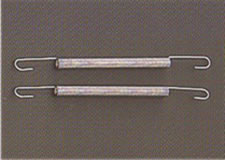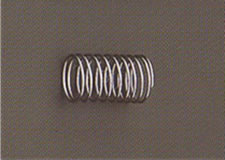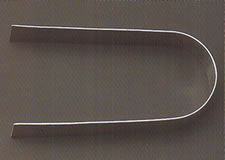These new materials are used in the production lines for products in many sectors, including atomic power, aerospace development, aircraft, ships, and chemicals and pharmaceuticals. Don’t hesitate to ask us about their characteristics.
The corrosion-resistant alloy, hastelloy

Hastelloy contains nickel, copper, molybdenum, and chrome, and has a wide range of uses. It is extremely resistant to the corrosion caused by alkaline solutions, high-temperature halogen gas, and hydrochloric acid and other substances in non-oxidizing acids and seawater.
The activated metal with a high melting point, tantalum

Tantalum is extremely resistant to corrosion, susceptible only to fluorine, and its melting point of 2,997°C means it retains its strength at high temperatures. It is used in such fields as chemical engineering, atomic energy, aviation, aeronautics, and electronics.
The heat- and corrosion resistant alloy, inconel

Inconel is an alloy consisting of nickel, chrome, cobalt, and molybdenum, and combines exceptional resistance to high temperatures and corrosion. It has demonstrated excellent corrosion resistance in many different corrosive environments, and it retains its strength and oxidation resistance at temperatures of 980°C and above. It is the optimum material for use in aircraft gas turbine engine and at high temperatures.
The metallic fiber with excellent strength and corrosion resistance, amorphous metals

The strength, corrosion resistance, and processing characteristics of amorphous materials make them very useful in many fields.
The corrosion resistant alloy, titanium

The high specific strength and corrosion resistance of titanium and titanium alloys are employed in such fields as the aerospace and aircraft industry, the chemical industry, electric power, and seawater purification. It is also has many applications for such everyday uses as construction materials and eyeglasses.


